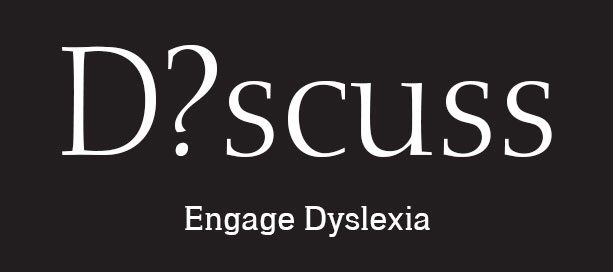Google Chrome Part 1
About 60% of computers that schools are giving their students are Google Chromebooks. Google is becoming a major player in the educational space. Therefore we have begun to experiment with their platform. This is the first in a series of articles. We hope you enjoy it!
Google for Dyslexia: Using Chrome for Reading and Writing (Part One)
Jamie Martin • Mar 11, 2015
While preparing to become a teacher in the early 1990s, I did not hear the words “Google” and “dyslexia” in any of my education classes.
The Internet had yet to invade our homes, schools, and pockets; and by today’s standards, dyslexia awareness was embarrassingly low. Now, these words are part of my regular vocabulary, and when they appear in the same phrase or sentence, they are in reference to the latest trend in assistive technology (AT).
This is the first article in a four-part series exploring how Google has entered the AT world and become a great option for students with dyslexia. It will explain the basics of how Google’s Chrome browser can be used in various ways to help with reading and writing. The second part will look at specific Chrome extensions that work in conjunction with various websites and the education tools of Google Drive. The third part will explain specific Chrome apps that can accommodate language difficulties. Finally, the fourth part will explore add-ons to Google Docs that can help with various writing and study skills.
Chrome
Like Firefox and Safari, Chrome is a Web browser. It was developed by Google and can be used for everyday access to the Internet. The home page has a search-by-voice feature, which is useful to dyslexic students with spelling difficulties. In addition, students and schools can visit the Chrome Web Store and download various extensions and apps that act as add-on tools both for Web-based activities and the document-based activities of Google Drive. Those extensions and apps include several AT tools that can help with reading and writing.
Chromebooks
Chromebooks are basic laptop computers that run on the Chrome operating system and rely exclusively on the Chrome Web browser for their functionality. In other words, students who use them do most of their work through the Internet. Traditional desktop software cannot be installed on Chromebooks, so students need to rely on extensions and apps to customize their learning experiences.
Because they are one of the most affordable technology options available, many schools are rapidly adopting Chromebooks. They are using Google Apps for Education, and students are able to do the majority of their document-based work utilizing Google Drive and Google Classroom.
Extensions, Apps, and Add-Ons
In order for dyslexic students to get help with reading and writing on Chromebooks, they need to utilize various extensions and apps that have been created by several of the leading developers specializing in assistive technology. Extensions are designed to work in combination with websites and the documents in Google Drive. For example, a text-to-speech extension is an unobtrusive button or toolbar that will read website text or a Google Doc out loud.
Apps, on the other hand, are standalone applications that run in their own windows or tabs within the Chrome browser. They often have more features than extensions have, and they can be equated to the apps found on mobile devices. Apps that help students with correct spelling, such as those with dictation or word prediction, usually have functions that allow students to send documents directly to Google Drive.
In addition to extensions and apps, a final form of AT can be found in a number of Google Doc Add-Ons. While working on Google Docs, dyslexic students can access such tools as speech recognition, advanced spell checking, and bibliography creation without having to use extensions and apps. Later articles in this series will explore specific examples of extensions, apps, and add-ons that can be incredibly valuable to students with dyslexia.
Chrome and Dyslexia
One of the most important features of today’s assistive technology is that it allows students with dyslexia to complete their work alongside their non-dyslexic classmates without having to use special devices. Like the iPad, Chrome provides tools that all students can use, regardless of language ability. Chrome, however, is not device-specific. The advantage of Chrome AT is that the extensions and apps are associated with individual Google accounts. Because of this feature, students can use their AT on all desktop computers (not just Chromebooks) by signing into their accounts in the Chrome browser. That ability vastly increases their access to personalized accommodations.
As more developers create AT-related extensions and apps, Chrome stands to become a popular option for students needing help with language-based activities. We may be hearing the words “Google” and “dyslexia” in the same sentence a lot more often.
https://www.noodle.com/articles/google-for-dyslexia-part-one
